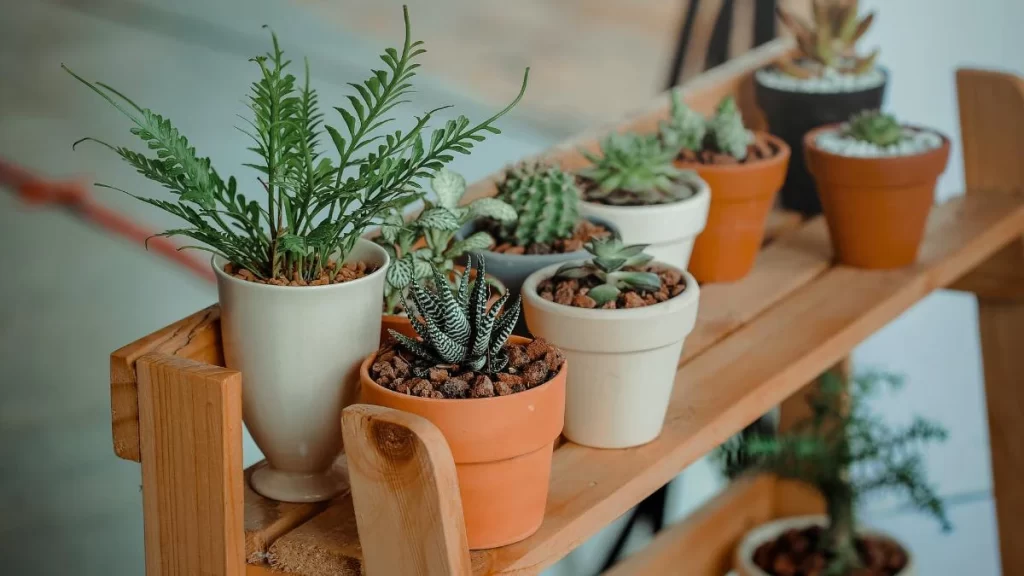
Whether you are looking for house plant ideas or plants to grow in your garden, here are some options for you. You can choose from a variety of plants like rubber plants, snake plants, Sanguisorba minor, Peperomia, English ivy, Kalanchoe thyrsiflora and more.
English ivy
Using English ivy as a house plant is a great way to add a touch of color and texture to your home. It is relatively easy to care for. You should keep the plant well-watered and away from drafts.
English ivy leaves come in a variety of colors and sizes. The leaves can range from less than an inch to more than three inches in length. These plants are available in hundreds of different varieties.
English Ivy thrives in cool, moist air. Its leaves are often lobed, mottled, and glossy.
Snake plant
Besides their aesthetic benefits, snake plants are also great for improving air quality in the home. They can remove up to 87% of harmful toxins from the air at night. They also help reduce nitrate ions, a major source of indoor pollution.
Besides the benefits, snake plants also have a few minor downsides. One major disadvantage is that they’re susceptible to freezing temperatures. They’ll also rot if the soil becomes too wet. You should also avoid getting them near drafty windows.
Another common problem is mealybugs. If you spot mealybugs, wipe them off with a cotton swab dipped in rubbing alcohol.
Sanguisorba minor
Whether you’re looking for a plant for a small garden, a window box or a bird’s nest, you can be sure that Sanguisorba minor has something to offer. This evergreen perennial is also a good choice for gardeners who live in warm climates.
Sanguisorba minor is a hardy perennial with small crimson flowers in summer. It is a perfect choice for cramped spaces because it never grows out of control. It forms a low basal rosette.
Its leaves are pinnate, with four to twelve pairs of leaflets. They have a cucumber flavor and are nice to add to a summer drink.
Weeping fig
Depending on the variety, weeping figs can grow to heights of about 10 feet. They are hardy to temperatures as low as 50 degf / 10 degc. However, they do best in semi-shade conditions.
Weeping figs are a popular houseplant. Because of their upright growth, they do well indoors, although some cultivars are better suited for outdoors. They are often sold as species plants.
Weeping figs require consistent care. They don’t need much, but they need water and fertilizer. A half-strength fertilizer should be applied every two weeks.
They also grow well in fast-draining soil. Weeping figs have a preference for crumbly potting soil. A good mixture of sand, perlite and vermiculite should be used.
Kalanchoe thyrsiflora
Known as the paddle plant or Flapjack plant, Kalanchoe thyrsiflora is an excellent house plant that can be grown indoors. It is a tropical succulent that grows in the genus Kalanchoe. It can be purchased in nurseries and stores.
Kalanchoe thyrsiflora can be easily grown in a pot. It grows best in a terra cotta pot that has drainage holes. You can also use a potting mix with a ratio of one part soil to one part perlite.
Kalanchoe thyrsiflora will thrive in a room with direct sunlight. You should avoid overwatering the plant. Watering too much can burn the leaves.
Peperomia
Featuring a unique range of leaf shapes and colour, Peperomia is a popular houseplant that requires little care. Its low-maintenance nature makes it a great choice for beginners. Whether you choose to grow it in a pot, a hanging basket or a terrarium, these versatile plants will suit your needs.
The variety of leaf shapes is varied and includes a few that are heart-shaped or twisted. The foliage also has white markings and rippled textures. It is one of the most attractive plants around and is great for adding colour to your home.
Rubber plants
Whether you choose to keep a Rubber Tree indoors or outside, you’ll need to provide it with the right conditions to thrive. This plant requires light, water and a lot of protection from pests. You can keep the sap of the Rubber Tree from irritating your skin by wearing gloves when handling it. You can also spray horticultural oil weekly.
Rubber trees should be kept out of the reach of small children and pets, as their leaves are toxic. The sap is also toxic to people. To prevent insects from settling on the leaves, use a spray bottle containing cinnamon and lemon.







